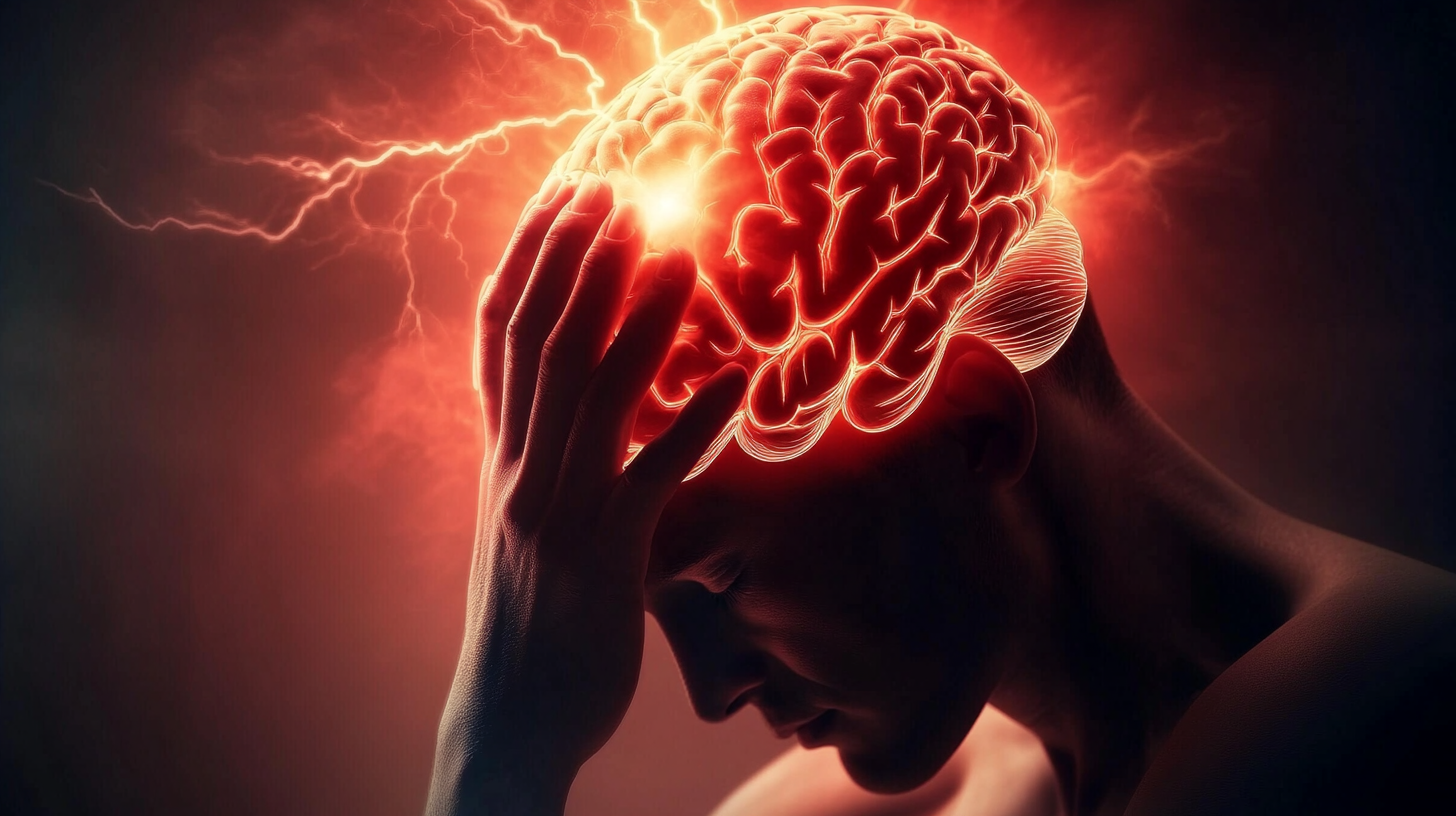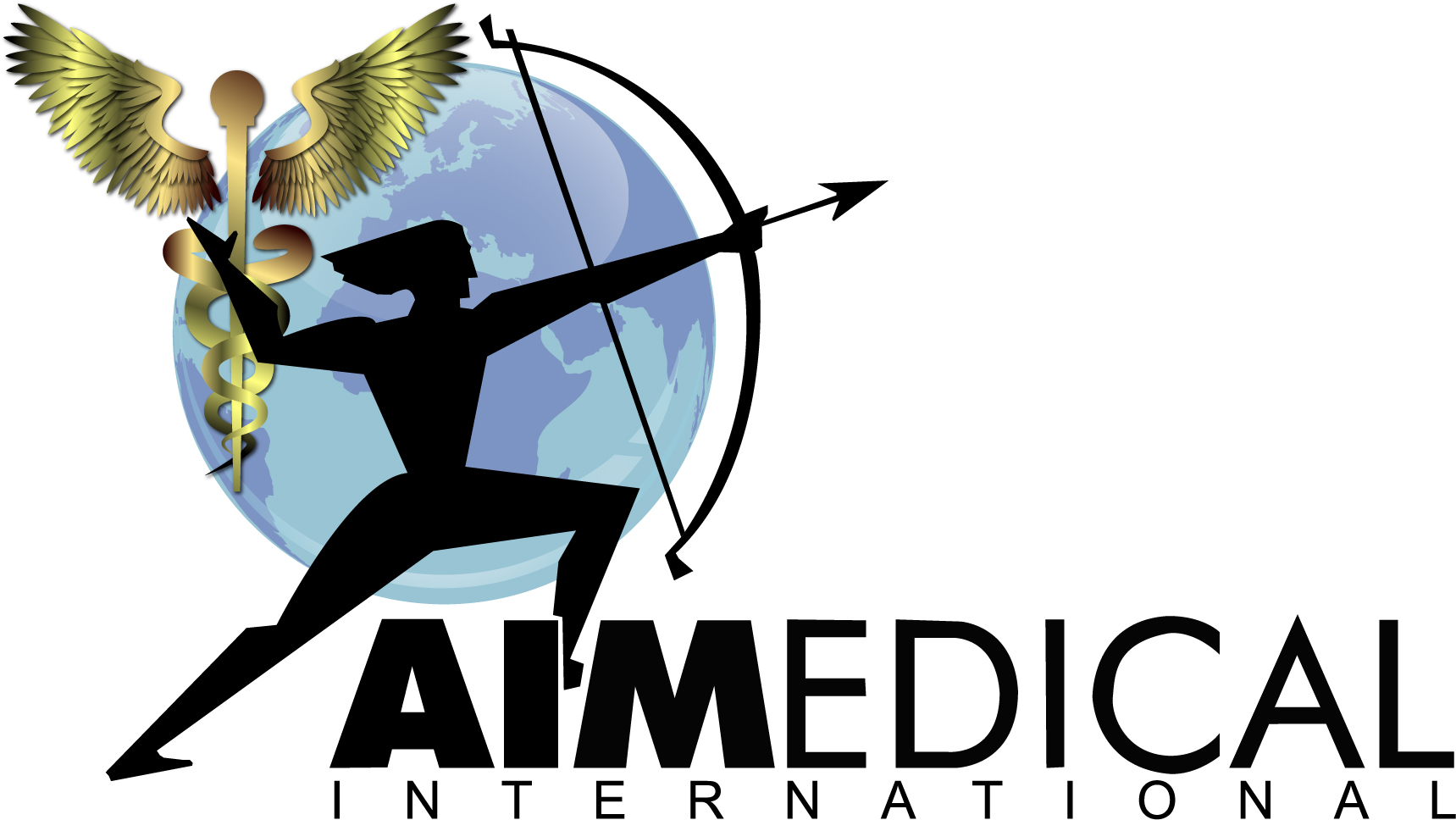Ultimate Guide to Exploring Tms Depression Treatment Options for Global Buyers
In recent years, TMS depression treatment has emerged as a beacon of hope for individuals struggling with treatment-resistant depression. Unlike conventional therapies, Transcranial Magnetic Stimulation (TMS) offers a non-invasive alternative that stimulates targeted areas of the brain, promoting the production of neurotransmitters that enhance mood and well-being. As mental health awareness continues to grow globally, the demand for innovative treatments like TMS is on the rise, sparking interest among patients and healthcare providers alike.
This ultimate guide aims to explore the various TMS depression treatment options available for global buyers, providing insights into the latest advancements, protocols, and potential outcomes. Whether you are a patient contemplating TMS as a viable solution or a healthcare professional seeking to expand your understanding of this treatment, our comprehensive analysis will equip you with the knowledge needed to make informed decisions. Join us as we delve into the world of TMS depression treatment and uncover the pathways to improved mental health.

Understanding TMS Therapy: What Global Buyers Need to Know
TMS therapy, or Transcranial Magnetic Stimulation, has emerged as a forefront treatment for depression, particularly for patients who have not found relief through traditional methods. As global buyers consider this innovative treatment option, it is essential to understand its efficacy and implications. Recent studies indicate that approximately 50-60% of patients with Major Depressive Disorder experience significant improvement after a series of TMS sessions, with results often sustained for several months post-treatment.
Furthermore, the accessibility of TMS therapy is growing, with a report by Grand View Research suggesting that the global TMS market is expected to reach $1.36 billion by 2025, driven by increasing awareness and demand for non-invasive treatment alternatives. For buyers, understanding regional regulations and the availability of certified TMS providers is crucial. In the U.S., for instance, the FDA has approved TMS for treating depression, and many insurance plans now cover it, making it a viable option for a larger demographic.
It’s also important for global buyers to consider the technological advancements in TMS. Innovations such as deep TMS and the use of targeting algorithms have enhanced the treatment's effectiveness. A study published in the *Journal of Clinical Psychiatry* highlighted that using these advanced techniques can increase remission rates by over 30%. As the landscape of depression treatment continues to evolve, TMS therapy stands out as a promising solution for those struggling with this complex mental health condition.
Benefits of TMS Treatment: Why It’s Gaining Popularity Worldwide
Transcranial Magnetic Stimulation (TMS) has emerged as a leading treatment option for depression, gaining traction among healthcare providers and patients alike. One of the key benefits of TMS treatment is its non-invasive nature, allowing individuals to receive therapy without the side effects commonly associated with medication, such as weight gain or sexual dysfunction. According to a report by the National Institute of Mental Health (NIMH), approximately 30% of patients with major depressive disorder (MDD) do not respond to traditional pharmacological treatments, which underscores the urgent need for effective alternatives like TMS.
The effectiveness of TMS is further supported by clinical studies, showing that nearly 58% of patients experience a significant reduction in symptoms after a standard course of treatment. Moreover, the American Psychiatric Association highlights that TMS therapy demonstrates long-lasting results, with improvement in patients’ mental health persisting for months after the treatment concludes. This sustained efficacy is particularly appealing to global buyers seeking reliable and proven solutions for managing depression.
As awareness of TMS expands, its acceptance is also on the rise internationally. Research from the World Health Organization (WHO) indicates that around 264 million people worldwide are affected by depression, making it a pressing public health concern. TMS represents a beacon of hope for many, as its growing popularity reflects a shift towards more innovative and diverse treatment modalities, making mental health care increasingly accessible and effective across different populations.
Comparing TMS with Traditional Depression Treatments: Pros and Cons
When it comes to treating depression, patients often face a daunting array of options. Traditional methods like medication and therapy have long been the cornerstones of treatment. Antidepressants can help alleviate symptoms, but they often come with side effects ranging from weight gain to sexual dysfunction. Additionally, therapy, while beneficial, may not provide immediate relief for those in acute distress. These traditional approaches can take time to show results, leading many to seek alternatives.
Transcranial Magnetic Stimulation (TMS) presents an innovative option that diverges from conventional treatments. Utilizing magnetic fields to stimulate nerve cells in the brain, TMS targets specific areas associated with mood regulation. One of the significant pros of TMS is its non-invasive nature and minimal side effects compared to pharmacological treatments. Patients can often continue their daily activities immediately after sessions, making TMS a more convenient option for those with busy lifestyles. However, it also has its drawbacks; TMS is not suitable for everyone, and its availability may be limited depending on geographical location.
In weighing TMS against traditional treatments, it's essential to consider the individual’s specific circumstances. While TMS can offer rapid relief from severe depressive symptoms, traditional therapies might be more effective for long-term management. Understanding these pros and cons will empower patients to make informed decisions in collaboration with healthcare providers, tailoring their treatment plans to meet their unique needs.
Navigating Costs and Insurance Coverage for TMS in Different Countries
Transcranial Magnetic Stimulation (TMS) is an innovative treatment option for depression that has gained traction worldwide. As more patients consider this non-invasive therapy, understanding the costs and insurance coverage for TMS in various countries becomes crucial. Each nation has its unique healthcare system, which influences the affordability and accessibility of TMS treatments.
In the United States, TMS is often covered by insurance, particularly for patients who have not responded to conventional therapies. The average cost for a course of TMS treatment can range from $6,000 to $12,000, depending on the number of sessions needed. Many insurance plans have begun to recognize TMS as a viable treatment, resulting in increased reimbursement rates, although patients should verify coverage specifics with their providers.
Conversely, in countries like Canada and the UK, TMS may not be as widely covered under national health care systems. While some private insurance plans may offer partial coverage, many patients might need to pay out-of-pocket, with costs averaging around CAD 3,000 to 5,000 in Canada and £3,000 in the UK for a full treatment course. Therefore, it is essential for global buyers to research local regulations and insurance policies to ensure that they can budget for TMS while receiving optimal care. Understanding these financial aspects can significantly affect the decision-making process for those seeking relief from depression through TMS therapy.

Finding the Right TMS Provider: Key Considerations for International Patients
When considering transcranial magnetic stimulation (TMS) for depression treatment, international patients must navigate various key factors to find the right provider. TMS has emerged as a reputable alternative for treating depression, particularly for those who have not found relief through traditional therapies. A recent study highlighted the impressive efficacy of TMS in reducing depressive symptoms, reporting an effectiveness rate of approximately 70% in patients undergoing standard protocols. However, it’s crucial for patients to recognize that individual responses can vary significantly, with some not achieving the desired outcomes.
Potential international patients should heavily weigh the qualifications and experience of TMS providers. Ensuring that the clinic has certified practitioners with a strong background in psychiatric disorders and TMS treatment is essential. According to a technical report evaluating full-paying patient services, equitable access to quality mental health care varies greatly by region, signaling that patients should verify the credentials and success rates of potential providers, especially in countries where TMS is still gaining acceptance.
Moreover, it’s prudent to consider combined treatment options. As recent discussions have suggested, the combination of TMS and ketamine therapy shows promising results, enhancing the overall efficacy of treatment for many individuals. With ketamine’s rapid-acting properties complementing TMS’s longer-term benefits, patients are encouraged to consult with experts about integrative approaches tailored to their specific needs and responses to treatment. Exploring these aspects thoroughly can significantly influence the treatment journey and overall satisfaction for international patients seeking help for their depression.

